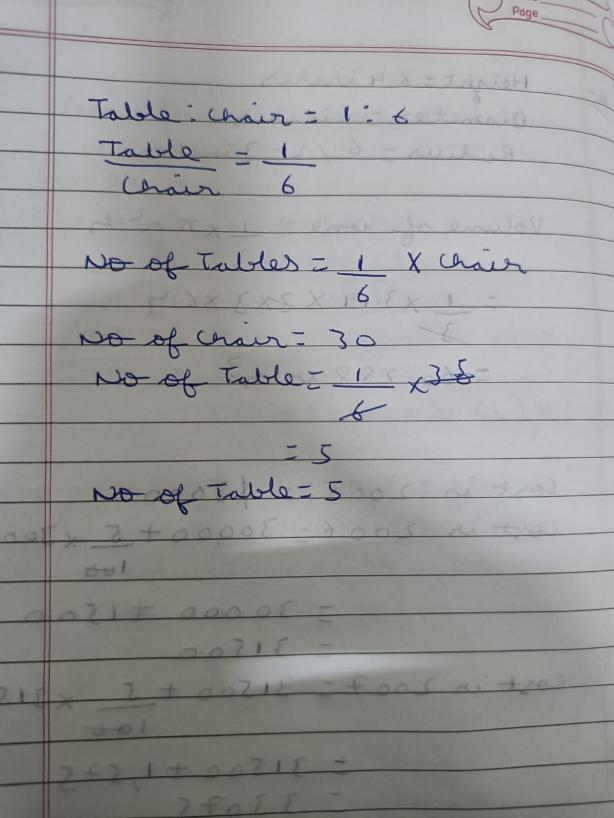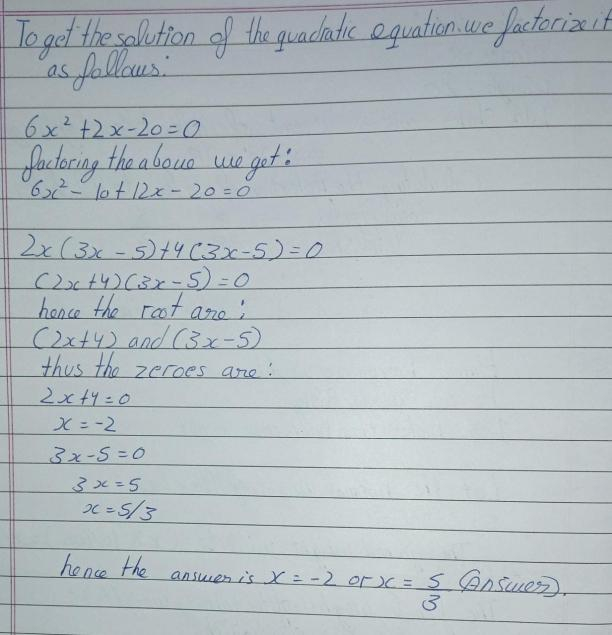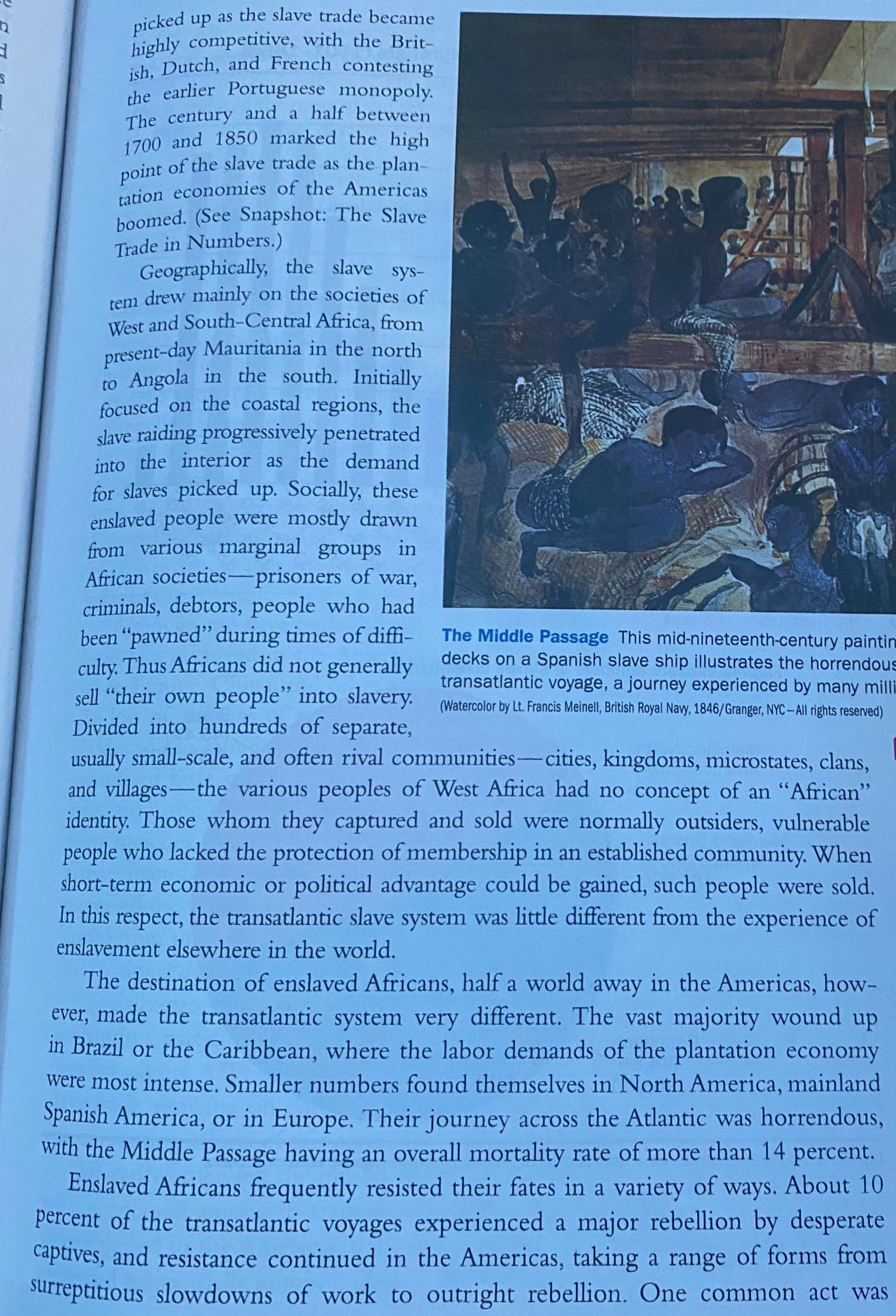 1
1 Part 1) 
Part 2) 
Part 3) 
Part 4) Part 5) Part 6) and part 7) in the procedure
Step-by-step explanation:
Part 1) we have

we know that
 is the value of the function when
is the value of the function when 
so
substitute the value of x in the function

Part 2) we have

we know that
 is the value of the function when
is the value of the function when 
so
substitute the value of x in the function

Part 3) we have

we know that
 is the value of the function when
is the value of the function when 
so
substitute the value of x in the function

Part 4) Which of the following functions match these outcomes:

we know that
 is the value of the function when
is the value of the function when 
so
substitute the value of x in each of the functions and then compare
 -----> this function matches the outcome
-----> this function matches the outcome
 -----> this function matches the outcome
-----> this function matches the outcome
 -----> this function does not match the outcome
-----> this function does not match the outcome
 -----> this function matches the outcome
-----> this function matches the outcome
 -----> this function does not match the outcome
-----> this function does not match the outcome
Part 5) Which of the following functions match these outcomes:

we know that
 is the value of the function when
is the value of the function when 
so
substitute the value of x in each of the functions and then compare
 -----> this function does not match the outcome
-----> this function does not match the outcome
 -----> this function does not match the outcome
-----> this function does not match the outcome
 -----> this function matches the outcome
-----> this function matches the outcome
 -----> this function matches the outcome
-----> this function matches the outcome
 -----> this function does not match the outcome
-----> this function does not match the outcome
Part 6) Which of the following functions match these outcomes:

we know that
 is the value of the function when
is the value of the function when 
so
substitute the value of x in each of the functions and then compare
 -----> this function does not match the outcome
-----> this function does not match the outcome
 -----> this function does not match the outcome
-----> this function does not match the outcome
 -----> this function does not match the outcome
-----> this function does not match the outcome
 -----> this function matches the outcome
-----> this function matches the outcome
 -----> this function does not match the outcome
-----> this function does not match the outcome
Part 7) Which of the following functions match these outcomes:

we know that
 is the value of the function when
is the value of the function when 
so
substitute the value of x in each of the functions and then compare
 -----> this function does not match the outcome
-----> this function does not match the outcome
 -----> this function does not match the outcome
-----> this function does not match the outcome
 -----> this function does not match the outcome
-----> this function does not match the outcome
 -----> this function matches the outcome
-----> this function matches the outcome
 -----> this function does not match the outcome
-----> this function does not match the outcome
 1
1 Part 1) 
Part 2) 
Part 3) 
Part 4) Part 5) Part 6) and part 7) in the procedure
Step-by-step explanation:
Part 1) we have

we know that
 is the value of the function when
is the value of the function when 
so
substitute the value of x in the function

Part 2) we have

we know that
 is the value of the function when
is the value of the function when 
so
substitute the value of x in the function

Part 3) we have

we know that
 is the value of the function when
is the value of the function when 
so
substitute the value of x in the function

Part 4) Which of the following functions match these outcomes:

we know that
 is the value of the function when
is the value of the function when 
so
substitute the value of x in each of the functions and then compare
 -----> this function matches the outcome
-----> this function matches the outcome
 -----> this function matches the outcome
-----> this function matches the outcome
 -----> this function does not match the outcome
-----> this function does not match the outcome
 -----> this function matches the outcome
-----> this function matches the outcome
 -----> this function does not match the outcome
-----> this function does not match the outcome
Part 5) Which of the following functions match these outcomes:

we know that
 is the value of the function when
is the value of the function when 
so
substitute the value of x in each of the functions and then compare
 -----> this function does not match the outcome
-----> this function does not match the outcome
 -----> this function does not match the outcome
-----> this function does not match the outcome
 -----> this function matches the outcome
-----> this function matches the outcome
 -----> this function matches the outcome
-----> this function matches the outcome
 -----> this function does not match the outcome
-----> this function does not match the outcome
Part 6) Which of the following functions match these outcomes:

we know that
 is the value of the function when
is the value of the function when 
so
substitute the value of x in each of the functions and then compare
 -----> this function does not match the outcome
-----> this function does not match the outcome
 -----> this function does not match the outcome
-----> this function does not match the outcome
 -----> this function does not match the outcome
-----> this function does not match the outcome
 -----> this function matches the outcome
-----> this function matches the outcome
 -----> this function does not match the outcome
-----> this function does not match the outcome
Part 7) Which of the following functions match these outcomes:

we know that
 is the value of the function when
is the value of the function when 
so
substitute the value of x in each of the functions and then compare
 -----> this function does not match the outcome
-----> this function does not match the outcome
 -----> this function does not match the outcome
-----> this function does not match the outcome
 -----> this function does not match the outcome
-----> this function does not match the outcome
 -----> this function matches the outcome
-----> this function matches the outcome
 -----> this function does not match the outcome
-----> this function does not match the outcome
SI=(P*R*T)/100
P=2000
R=1.5
T=6
SI=(2000*1.5*6)/100
=(2000*9)/100
=180
Neil will earn interest of 180
The total nom of code that can be used is equal to 5+3 = 8
The solution is in the following image

y=2x+15
where y=Value of coin
x=Age in years
Value of coin after 19 years=2*19+15
=$53
Therefore, Value after 19 years=$53

The answer is in the image
F=ma
where F=force
m=mass
a=acceleration
Here,
F=4300
a=3.3m/s2
m=F/a
=4300/3.3
=1303.03kg
F=ma
where F=force
m=mass
a=acceleration
Here,
F=4300
a=3.3m/s2
m=F/a
=4300/3.3
=1303.03kg
Approximately it is aqual to 1300kg
The answer is in the image


It will provide an instant answer!
